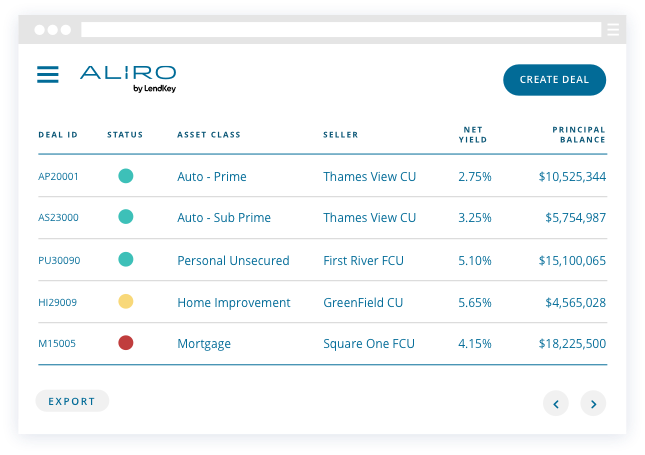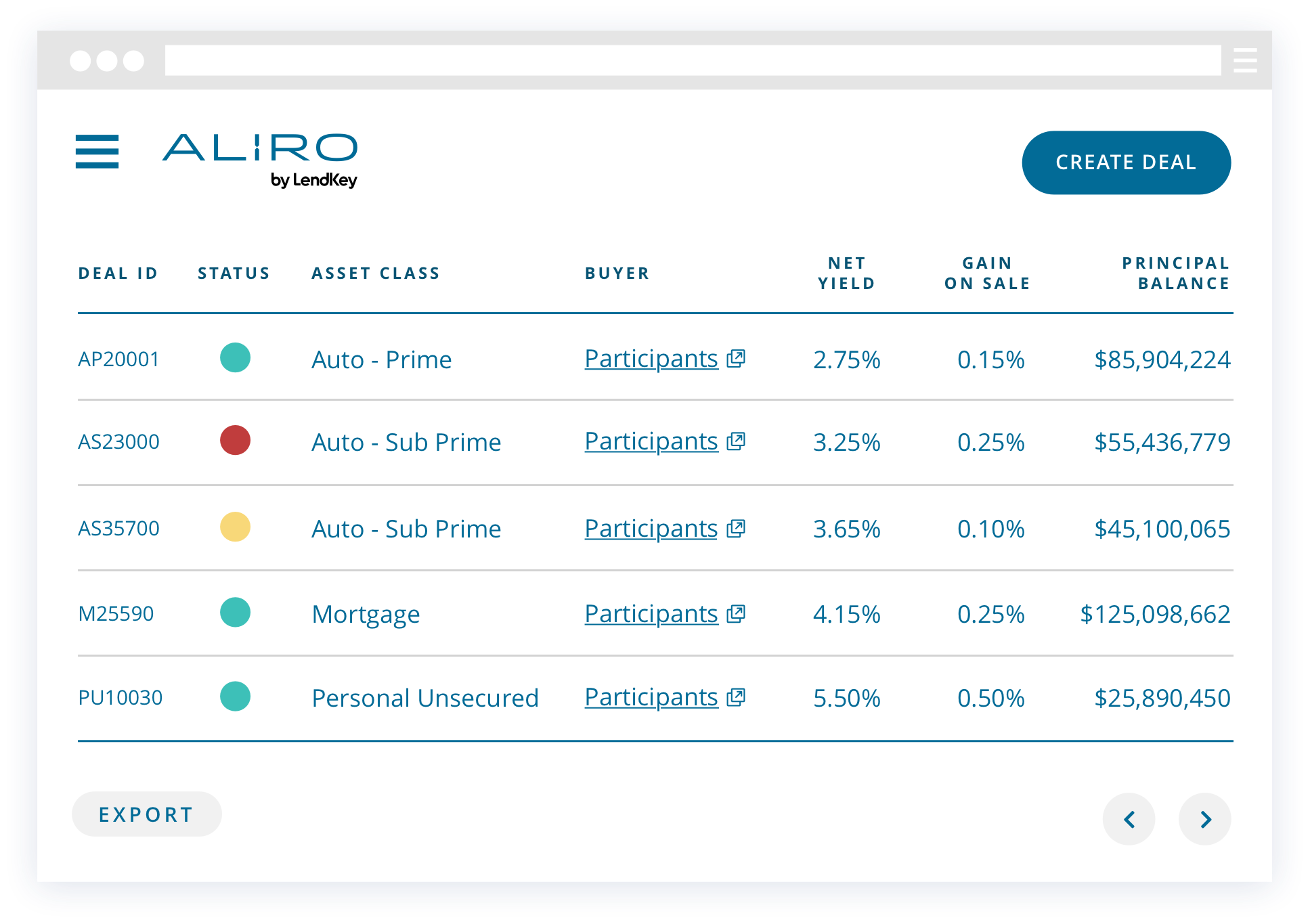Loan participations are an effective way for financial institutions to supplement their balance sheets with attractive assets and overcome common challenges to organic loan growth, a limited field of membership, and/or swings in the economic climate.
In a loan participation program, there is a lead lender responsible for selling the loan participations (“seller”) and one or more buyer institutions (“buyer”). The seller either sources and originates the loan organically or acquires the loan from another entity (typically a nonbank originator, such as a marketplace lender). The seller then sells fractional shares of the loan, or ‘loan participations,’ to one or more buyers while also retaining a minimum percentage for its own balance sheet and regulatory requirements.
For credit unions, regardless of how loan ownership was established by the seller (e.g. organic originations or whole loan acquisition), the borrower will become a member of that seller institution. The borrower does not, however, become a member of the buyer(s), even if a single buyer acquires more than a 50% share of the loan.
A successful loan participation program does require regular, comprehensive performance reporting and payment remittance to all buyers. This ensures each buyer has appropriate, current, and accurate information for each loan they own fractional owners in.



